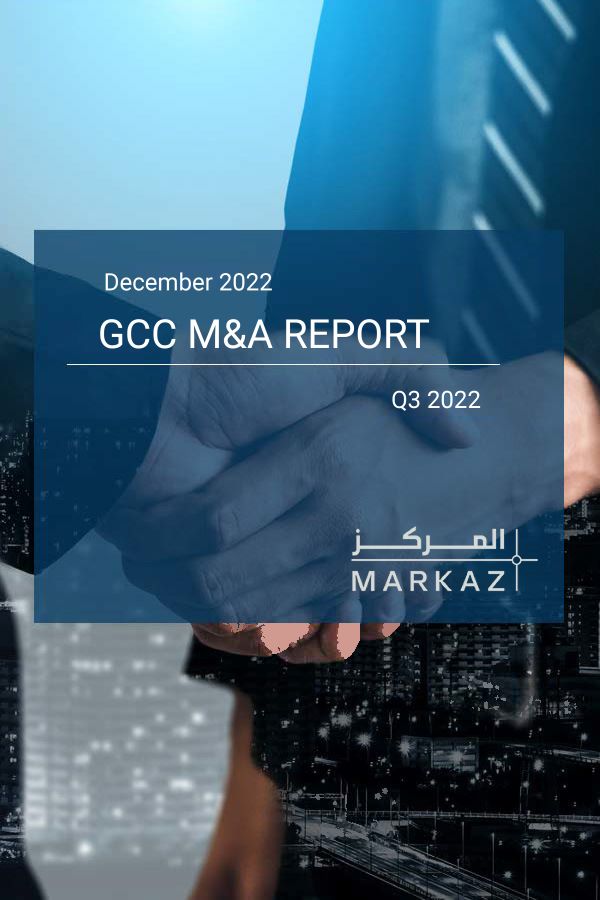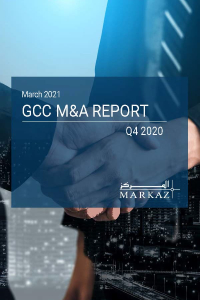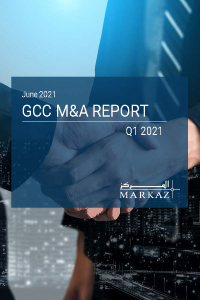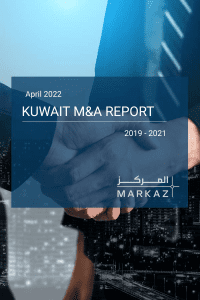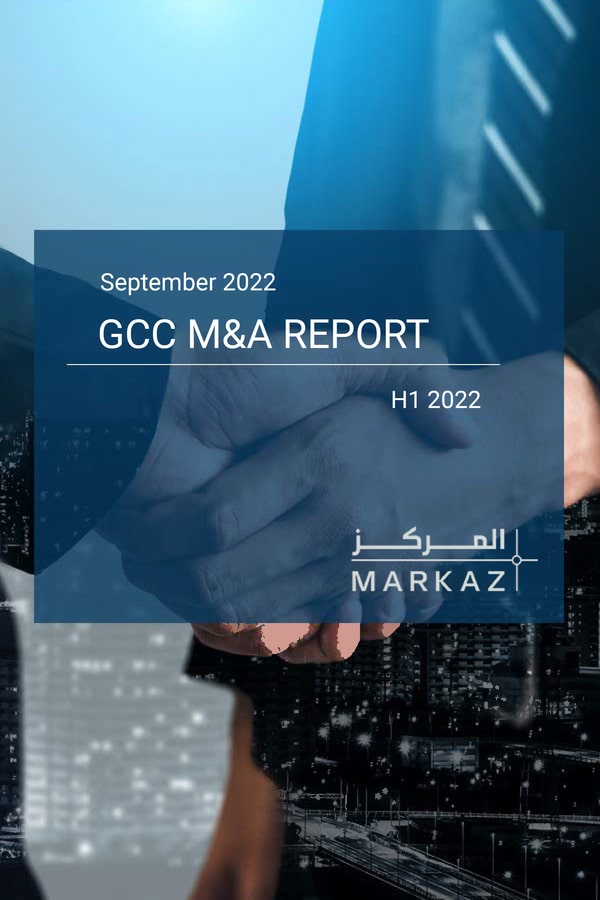Executive Summary
The GCC market welcomed a significant level of M&A activity throughout Q 3 2022, during which it closed a total of 59 M&A transactions, demonstrating a growth of 23 year over year. Overall UAE targets attracted the greatest level of interest from buyers, a trend that has persisted for the past consecutive quarters. At 36 transactions, UAE comprised 61% of the total number of transactions that closed during Q 3 2022 followed by Saudi Arabia and Kuwait, who accounted for 19% and 10% of these transactions, respectively In addition, Bahrain and Oman accounted for 5% and 3% of the total number of transactions that closed throughout the period, with Qatar representing the remaining 2%.
As witnessed in previous quarters, the transactions that closed involved companies that operate in various sectors With that being said, the sectors that attracted the greatest level of activity throughout the quarter were the Financials, Industrials, Consumer Discretionary, and Insurance sectors, who collectively accounted for 49 of the total number of closed transactions.
Moreover, GCC targets received lower levels of interest from foreign buyers when compared to the previous quarter as well as the previous year recording a total of 11 closed transactions in Q 3 2022, 13 closed transactions in Q 3 2021, and 15 closed transactions in Q 2 2022. implying a decline of 15% and 27%, year over year and quarter over quarter. It is worth noting that foreign buyers solely targeted UAE companies throughout the quarter, closing a total of 11 transactions.
Furthermore, GCC acquirers primarily invested in companies within their local markets and in international markets, while investing in regional companies to a lesser extent Throughout Q 3 2022, GCC acquirers closed a total of 39 transactions within their local markets, compared to 23 transactions in Q 2 2022. In addition, GCC acquirers sealed 18 cross border transactions throughout Q 3 2022 relative to 24 transactions in Q 2 2022 Throughout the most recent quarter, UAE buyers accounted for approximately 44% of the total number of cross border transactions, followed by Saudi Arabia and Kuwait, who accounted for 33% and 17% respectively
